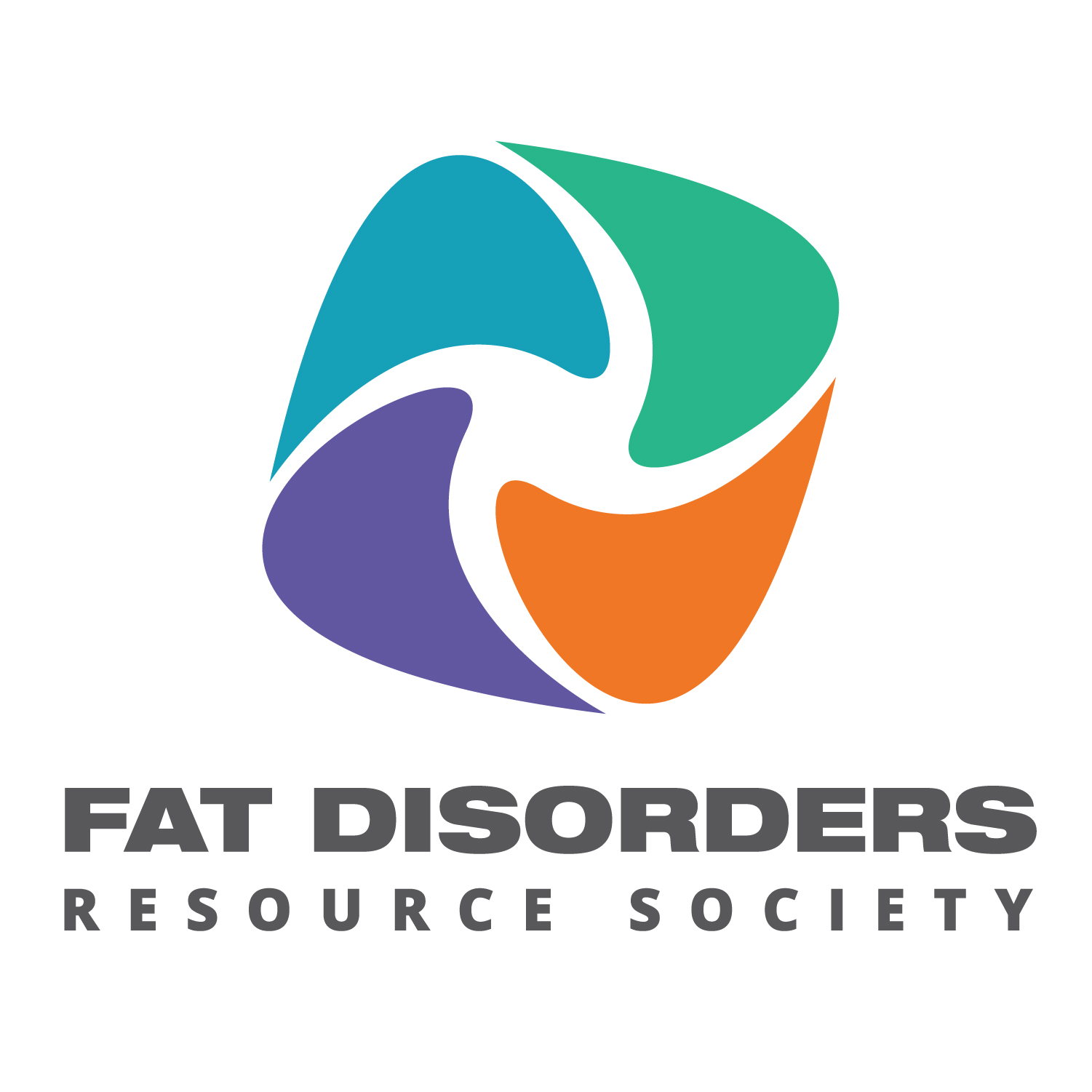Exercise
For those of us with a fat disorder, it is imperative that we move as much as possible. Exercise will not only strengthen your muscles, but it will improve your body’s blood and lymphatic flow, help you to manage stress and boost your mood and confidence. Any low impact exercise that does not increase lactic acid is good. These include: swimming, water aerobics, walking, whole body vibration, stationary bike, tai chi, elliptical trainer, yoga, stretching, Pilates and dance. In fact, exercising and eating well should be the cornerstone of any treatment plan and though neither will make your fat disorder disappear, they may help lessen the severity of your symptoms and slow down your disease’s progression.
It is important that your exercise regime be tailored to your capabilities and individual needs. You have to be physically capable and you have to like what you’re doing or you won’t continue. If your budget permits, you may want to hire a personal trainer who can work with you one on one. Although it’s important to push yourself, intense exercise like running, spin class, or heavy weight training can deprive your muscles of oxygen which causes inflammation and can aggravate your lipedema. In general, if you can “feel the burn,” then that activity is too intense for you. Since foot and knee problems are common among those with fat disorders, you may want to initially spend some time strengthening those two areas.
Remember to stay hydrated before, during and after your workout. Make sure to check in with your doctor before starting any kind of exercise regime and specifically discuss whether stretching would be appropriate for you and if so, what kind. Stretching both before and after a workout can reduce muscle soreness, but only if it’s appropriate for your condition. In general, it’s a good idea to wear compression while working out, even while swimming.
